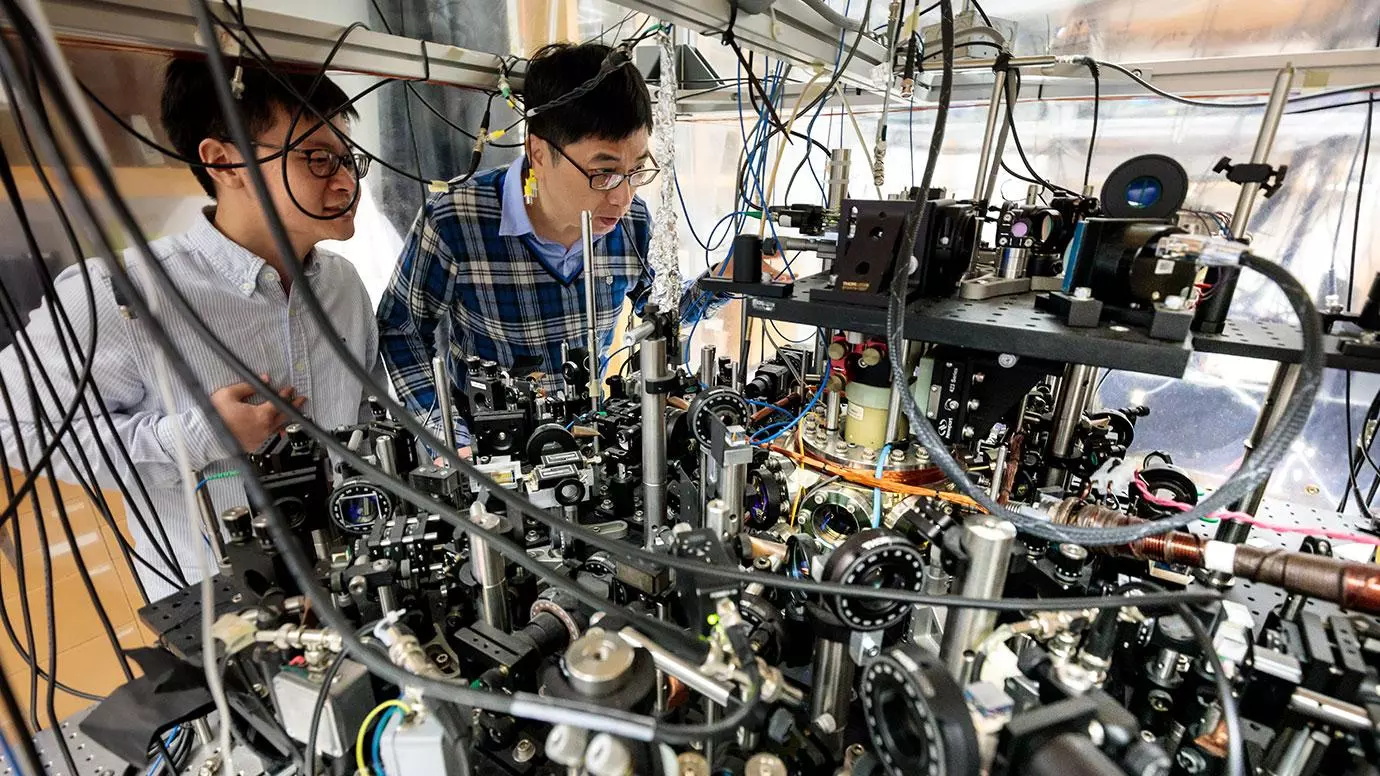Scientists at the University of Chicago have detected the first evidence of a phenomenon called “quantum superchemistry.” Long predicted but never confirmed, this effect could speed up chemical reactions, give scientists more control over them, and inform quantum computing.
All sorts of spooky behaviors emerge on the quantum scale. Atoms can exist in multiple states at once, become so entangled that they share information instantaneously over any distance, or tunnel through barriers that they shouldn’t be able to cross. Scientists are trying to tap into these phenomena for more powerful computing, communication systems and other technologies.
And now, a team has found the first direct evidence of a previously predicted quantum effect known as superchemistry. It starts with a strange state of matter called a Bose-Einstein condensate, in which a cloud of atoms is cooled to almost absolute zero, causing them to enter the same quantum state and begin behaving like one big atom. It’s been proposed that coaxing atoms in this state into chemical reactions would yield different results than usual.
In classical chemistry, atoms in a mixture will randomly collide and with each collision there’s a chance they’ll link up to form a molecule. But if the atoms are all in the same quantum state, they now perform actions together instead.
“You are no longer treating a chemical reaction as a collision between independent particles, but as a collective process,” said Cheng Chin, lead researcher on the study. “All of them are reacting together, as a whole.”

For their experiments, the researchers cooled cesium atoms down to the extreme temperatures required, then coaxed them into the same quantum state. And sure enough, the atoms seemed to be forming molecules in a way that resembled superchemistry.
This process has a few consequences that make it stand out from regular old chemistry. For one, because the atoms are all acting together, the reactions happen much faster – and it gets even faster the more atoms there are in the system. The molecules that are produced in the end all share the same state, the team says, which is useful for creating large batches of identical molecules more reliably than through traditional chemistry.
The team also saw evidence of a strange phenomenon during the process – three-body interactions took place more often than two-body interactions. Essentially, three atoms would collide, with two linking up to form a molecule and the third aiding the process somehow.
This breakthrough could help pave the way for new technologies in quantum chemistry, quantum computing, and helping scientists study the laws of physics. So far this superchemistry has only been conducted with two-atom molecules, but the team plans to expand the work to include more complex molecules.
“What we saw lined up with the theoretical predictions,” said Chin. “This has been a scientific goal for 20 years, so it’s a very exciting era.”
The research was published in the journal Nature Physics.
Source: University of Chicago




